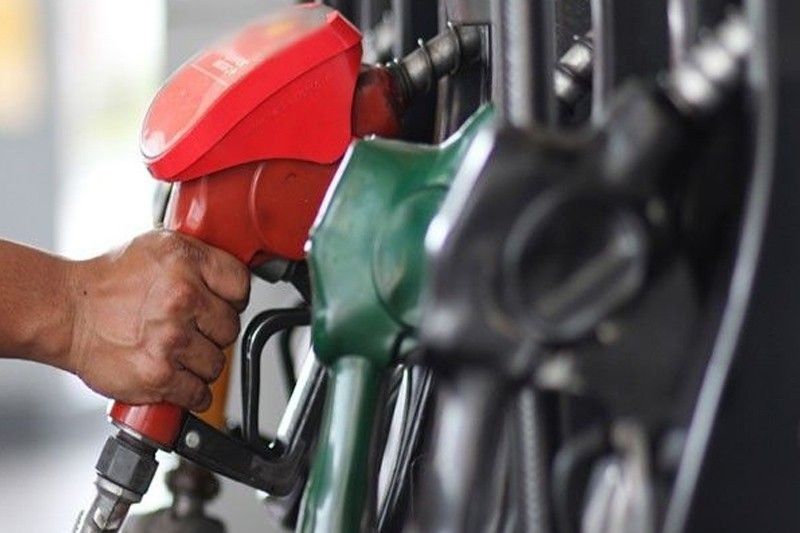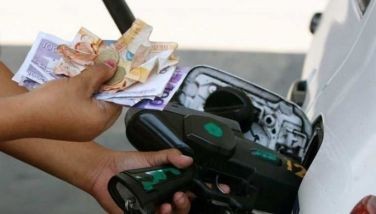Fuel marking collections reach P422 billion

MANILA, Philippines — Government revenue from the fuel marking program reached P422.22 billion as of April 28, according to the Department of Finance (DOF).
Broken down, the Bureau of Customs accounted for 93 percent of the amount with P393.4 billion, while the Bureau of Internal Revenue (BIR) contributed the remaining seven percent with P29.81 billion.
Finance Secretary Carlos Dominguez said marked fuel reached 42 billion liters. By fuel type, diesel comprised the bulk of the volume at 24.78 billion liters, followed by gasoline (15.83 billion liters) and kerosene (207.87 million liters).
By area, industry players in Luzon contributed the lion’s share of the marked fuel at 30.06 billion liters. Likewise, oil importers and refiners in Mindanao and Visayas shared the remainder of the volume with 8.54 billion liters and 2.22 billion liters, respectively.
According to Dominguez, Ramon Ang’s Petron Corp. led the industry with 9.99 billion liters of its petroleum products marked under the government’s monitoring.
Pilipinas Shell Petroleum Corp. followed with 7.31 billion liters, while Unioil Petroleum Philippines Inc. ranked third with 4.17 billion liters.
Based on records, Insular Oil Corp. and Seaoil Philippines rounded up the industry leaders with contributions of some eight percent each to the total volume, at 3.51 billion liters and 3.33 billion liters, respectively.
The Tax Reform for Acceleration and Inclusion (TRAIN) Law requires revenue agencies to look into the tax compliance of industry players as part of efforts to stop smuggling. The TRAIN Law imposed excise taxes on petroleum products, among others, to offset revenue losses from the overhaul of the personal income tax bracket.
Under the fuel marking program, regulators use a chemical identifier to determine which fuel products were paid with their necessary taxes. If a fuel has less than 95 percent of the marker level, its owner will be asked to pay the duties first and then face sanctions.
The Customs monitors the shipment of fuel importers, while the BIR supervises the production of domestic refiners.
- Latest
- Trending






























